Welcome to the ferocious world of tiger coloring pages! In this article, we embark on an educational journey that combines the majesty of one of nature’s most magnificent creatures with the creative joy of coloring. Tigers, with their striking patterns and commanding presence, have long captured the imagination of people across cultures. Whether you’re an avid colorist seeking a new artistic venture or a parent searching for an engaging activity for your children, these pages offer a canvas to explore the intricate beauty of these iconic big cats. Join us as we pounce into the world of tiger-inspired artwork, where your imagination is the only limit.

Simply choose the design that most appeals to you, download the free PDF template, print it, and enjoy coloring to your heart’s delight.
Alternatively, you could use them as patterns for embroidery or draw inspiration for delicate line tattoos.
Tiger facts
For those who are new to my coloring pages, it’s important to note that I enjoy providing the opportunity for you to acquaint yourself with the subject.
This allows for a seamless transformation of the coloring experience into an educational journey. So, let’s begin!
Tigers are truly fascinating creatures with a wealth of captivating facts. Here’s a collection of fun and interesting information about them:
- Majestic Species: Tigers (Panthera tigris) are the largest members of the cat family, known as felids.
- Distinctive Patterns: Each tiger’s unique coat pattern serves as a form of camouflage in their native habitats, which include forests, grasslands, and swamps across Asia.
- Royal Colors: Tigers sport a beautiful coat with an orange-reddish hue, adorned with black stripes that vary in thickness and pattern.
- Subspecies Diversity: There are six recognized subspecies of tigers: Bengal, Indochinese, Malayan, Siberian, South China, and Sumatran. Each possesses distinct characteristics and lives in a specific region.
- Size Matters: Siberian tigers, also known as Amur tigers, are the largest of all tiger subspecies, with males weighing up to 900 pounds and measuring over 10 feet in length, including the tail.
- Roaring Statements: A tiger’s roar can be heard up to 2 miles away. This powerful vocalization is used to communicate with other tigers and establish territory.
- Superior Night Vision: Tigers have exceptional night vision, which aids in their nocturnal hunting activities. The tapetum lucidum, a reflective layer in their eyes, enhances their ability to see in low light.
- Water Aficionados: Unlike many other cats, tigers are skilled swimmers and are known to enjoy bathing in water to cool off and remove parasites.
- Powerful Predators: Tigers are apex predators, meaning they’re at the top of their food chain. They mainly prey on deer and wild boars but have been known to take down larger animals like buffalo.
- Hunting Techniques: Their hunting strategy often involves stealth and surprise attacks. Tigers use their distinctive coat patterns to blend into their surroundings and get closer to their prey before striking.
- Highly Endangered: Tigers face serious threats due to habitat loss, poaching, and illegal trade. As a result, all subspecies are listed as endangered, with some critically endangered.
- Conservation Efforts: Various organizations and governments are working to protect tigers and their habitats. Initiatives include anti-poaching patrols, wildlife corridors, and habitat restoration.
- Symbolic Cultural Significance: Tigers hold cultural significance in many societies. They’re often seen as symbols of power, courage, and protection. In some Asian cultures, they are revered as spiritual animals.
- Mating and Cubs: Tigers are solitary animals, and breeding pairs only come together for a short period. After a gestation period of about 3.5 months, a female tiger gives birth to a litter of 2 to 4 cubs. She raises them on her own.
- Cubs’ Playful Start: Tiger cubs are born blind and helpless, but they grow quickly. They start playing at just a few weeks old, which helps them develop crucial hunting and social skills.
- Distinct Tail Markings: Each tiger has a unique pattern of stripes on its body, including the tail. This serves as a kind of “fingerprint” to distinguish individuals.
- Keystone Species: Tigers play a critical role in maintaining the health of their ecosystems by controlling the population of prey species. Their presence ensures the balance of the food web.
- Life Span: In the wild, tigers generally live around 10 to 15 years, while those in captivity can live up to 20 years or more.
- Tiger Parts Trade: Unfortunately, tigers are also targeted for their body parts in traditional medicine and decorative items, leading to a thriving illegal trade industry that further endangers the species.
- Adaptable Eaters: Tigers are opportunistic feeders, meaning they will eat a variety of prey depending on what’s available. This adaptability allows them to survive in diverse environments.
These fun facts only scratch the surface of the incredible world of tigers. Their strength, beauty, and importance to ecosystems make them a species worth understanding and protecting.
If you would like to learn even more about tigers, here are some other reputable resources to learn about them while coloring:
- https://en.wikipedia.org/wiki/Tiger
- https://kids.nationalgeographic.com/animals/mammals/facts/tiger
- https://kids.britannica.com/kids/article/tiger/353858
- https://nationalzoo.si.edu/animals/tiger
- To see all of my free printables, go here.
- If you would like to see an alphabetized index of free printable coloring pages, go here!
- All of my animals coloring pages are found here.
- Or, my other mammals coloring pages can be found here.
Coloring tips
Coloring pictures of a tiger can be a delightful and creative endeavor.
Here are some of my best tips and tricks to help you make the most of your tiger coloring experience:
- Reference Images: Gather reference images of real tigers or high-quality illustrations to ensure accurate color placement and patterns.
- Study Tiger Anatomy: Understanding the basic anatomy of a tiger can help you apply colors more realistically. Male sure to study their body structure, muscle definition, and facial features.
- Layering Colors: Use colored pencils, markers, or crayons to create layers of color. Start with lighter shades and gradually build up to darker ones to achieve depth and realism.
- Blending Techniques: Experiment with different blending techniques such as shading, hatching, cross-hatching, and stippling to achieve smooth transitions between colors.
- Fur Texture: Tigers have distinct fur patterns. Mimic their texture by using short, directional strokes to create the appearance of fur. Vary the pressure to create different levels of darkness.
- Color Choice: While tigers are commonly associated with orange and black, their fur can also have shades of brown, yellow, and white. Use reference images to determine the exact colors of the specific tiger species you’re coloring.
- Highlight and Shadow: Pay attention to where light falls on the tiger’s body. Add highlights where the light hits and deepen shadows in areas of lesser light to create dimension.
- Contrast and Depth: Enhance the tiger’s appearance by creating strong contrasts between light and dark areas. This adds depth and makes the image more visually appealing.
- Background Selection: Consider the environment your tiger is in. Choose a background color that complements the tiger’s colors and provides context to the scene.
- Color Harmony: Use a limited color palette that harmonizes well. This creates a more cohesive and visually pleasing composition.
- Practice Color Mixing: If using traditional media like colored pencils, experiment with layering different colors to achieve the desired shades. Overlapping colors can lead to interesting effects.
- Fine Details: Pay attention to the tiger’s eyes, nose, and other facial features. Adding fine details like whiskers and reflective highlights can really bring the image to life.
- Patience and Precision: Coloring intricate details, especially on the tiger’s face and stripes, requires patience and precision. Take your time to ensure a polished result.
- Test Colors: Before applying a color to your artwork, test it on a separate piece of paper to see how it looks and blends with other colors.
- Digital Coloring: If using digital tools, explore different brush textures and layering techniques to achieve a realistic fur effect.
- Printable Templates: If you’re using coloring templates, ensure they are of high quality and print them on good paper that can handle your chosen coloring medium.
- Inspiration and Creativity: While realism is an option, don’t be afraid to get creative with colors. Experimenting with imaginative color schemes can result in unique and visually striking artwork.
- Practice Regularly: Coloring is a skill that improves with practice. Dedicate time to coloring regularly to refine your techniques and develop your own style.
- Online Tutorials: Watch online tutorials on coloring techniques specific to tigers. You might discover new tricks that can elevate your coloring game. YouTube is a great resource for this.
- Enjoy the Process: Ultimately, coloring is about having fun and expressing your creativity. Embrace the process, enjoy the journey, and take pride in your finished masterpiece.
Remember, there’s no right or wrong way to color a tiger. Your personal style and creativity will shine through in your artwork.
So, relax, experiment, and revel in the joy of bringing these magnificent creatures to life on paper!
Options For Printing:
Letter T is for tiger writing practice worksheets
*My letter T is for tiger coloring sheet printables are specifically designed to be used in a classroom setting, they are the only printable options on this page that do not need written permission to use in a public setting.
Please send the link to this post along if anyone asks you where you got them. Thank you!




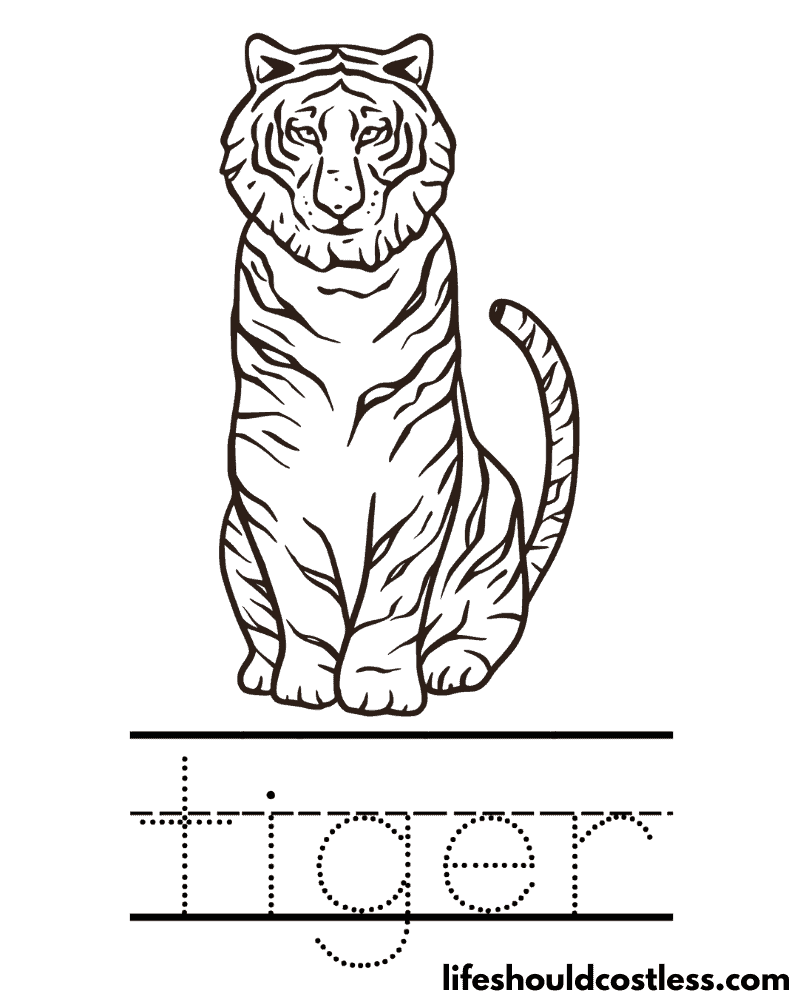
Various Tiger Designs
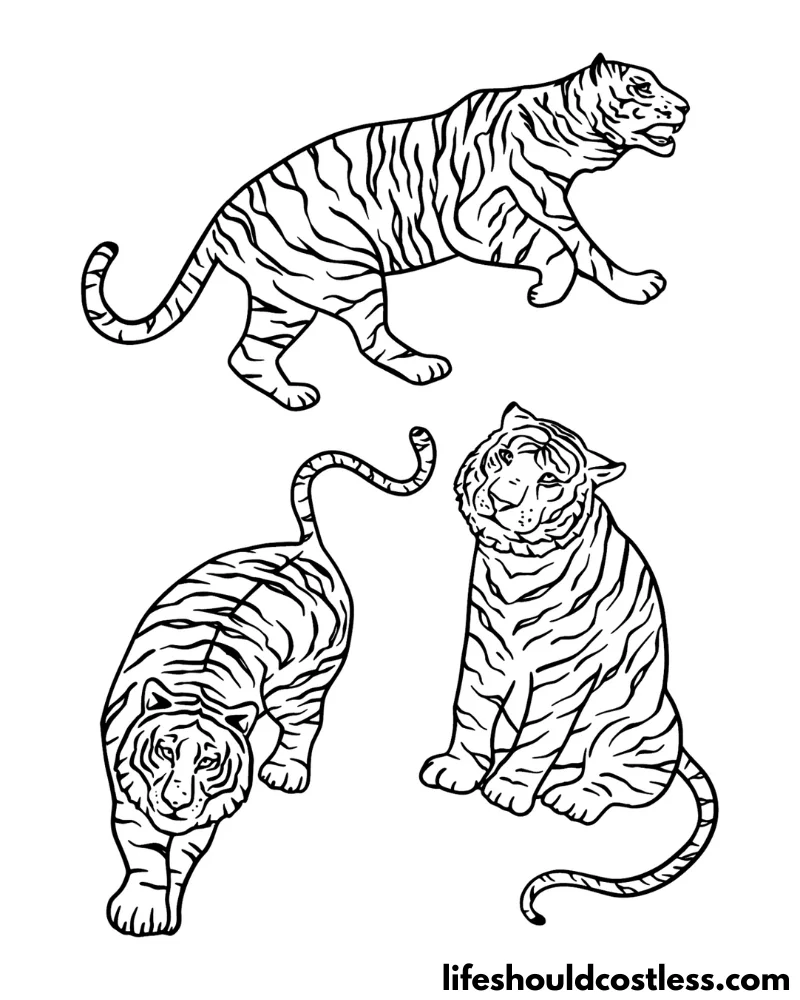
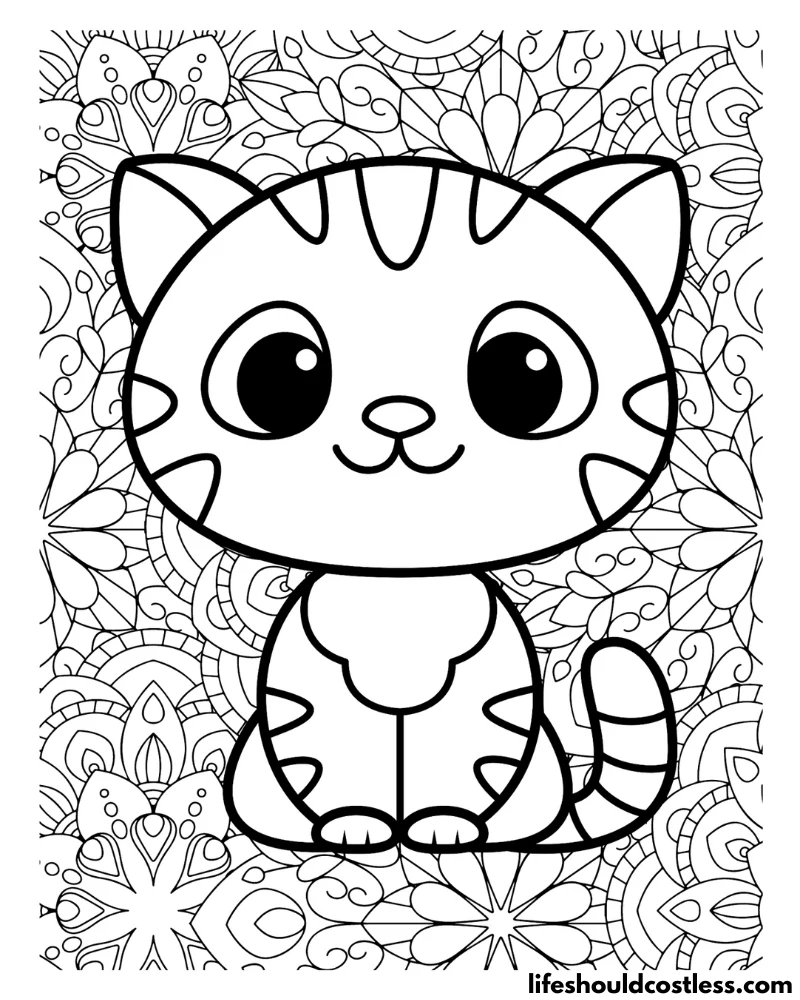

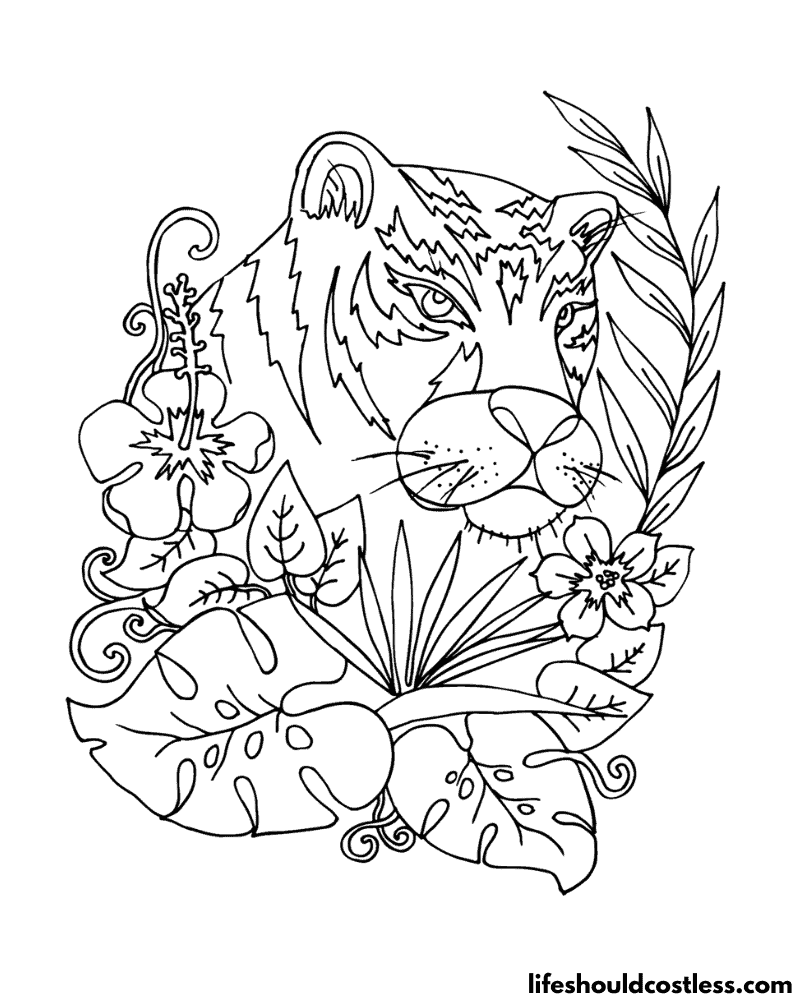
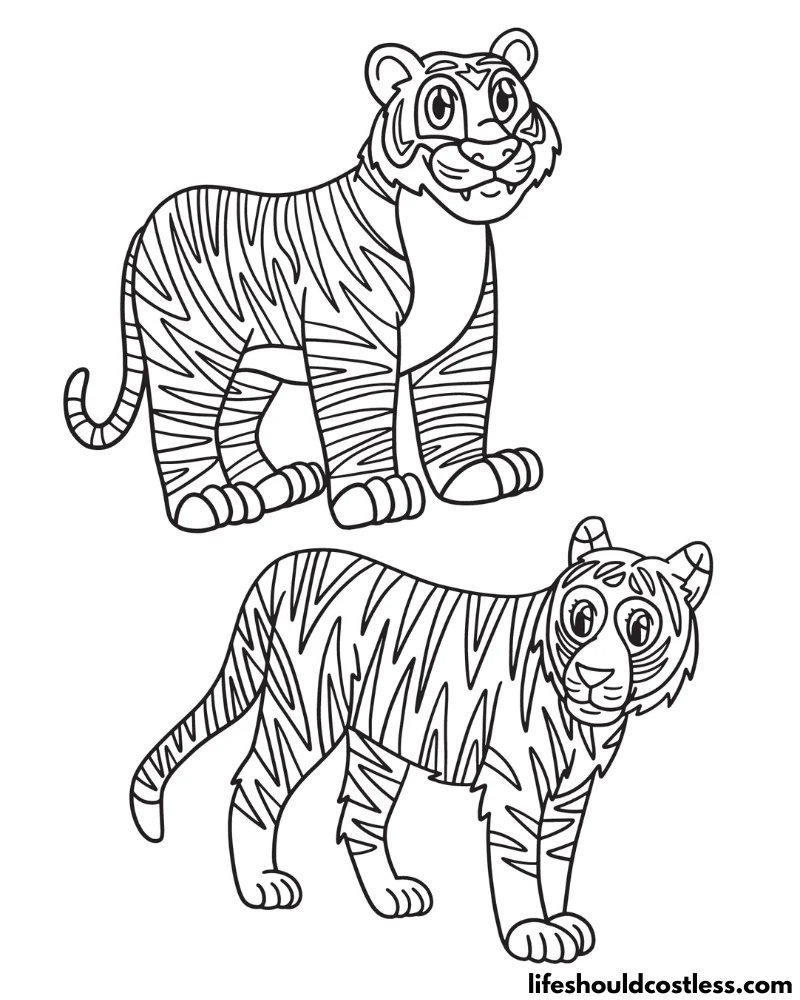
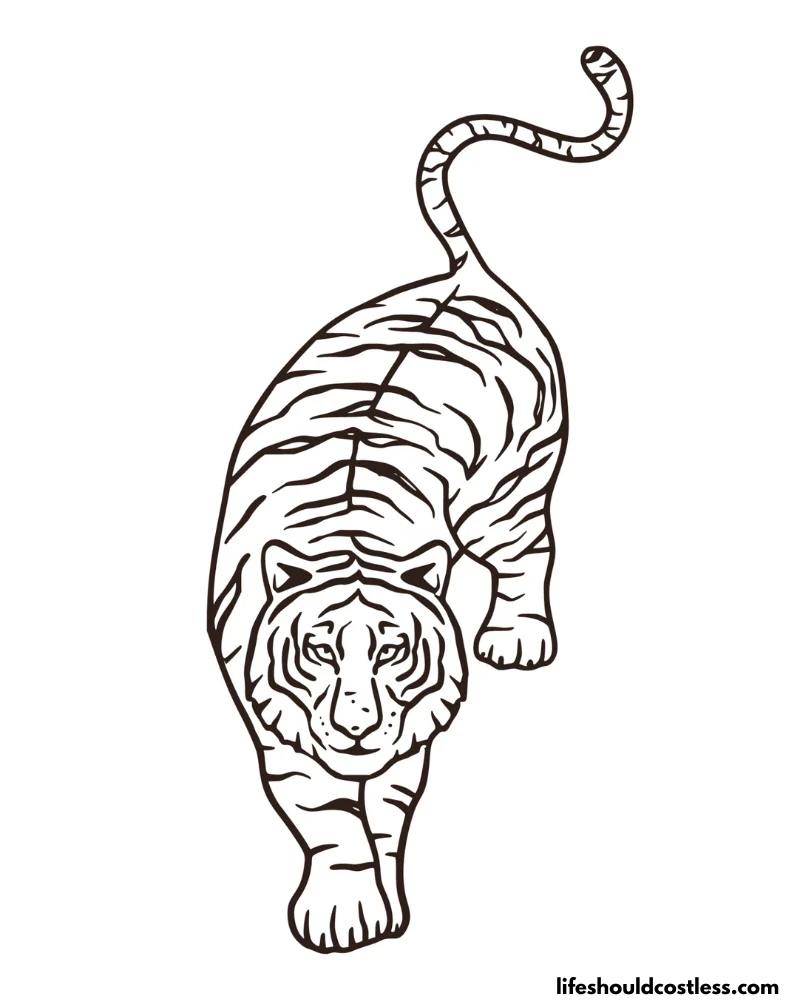

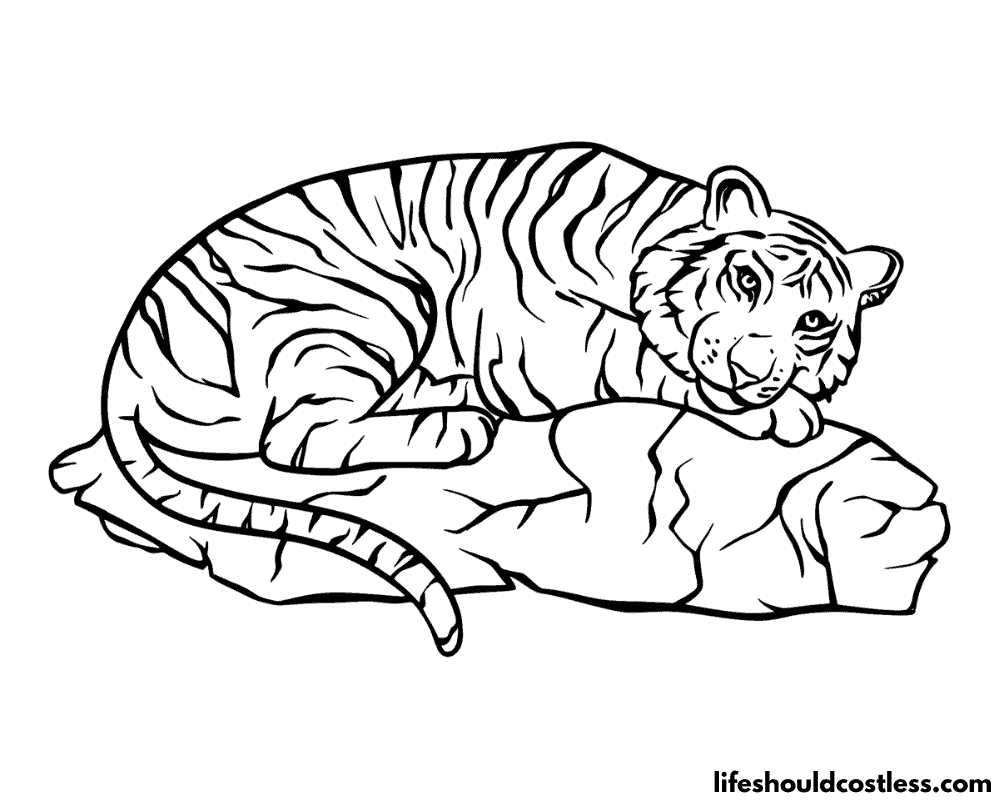
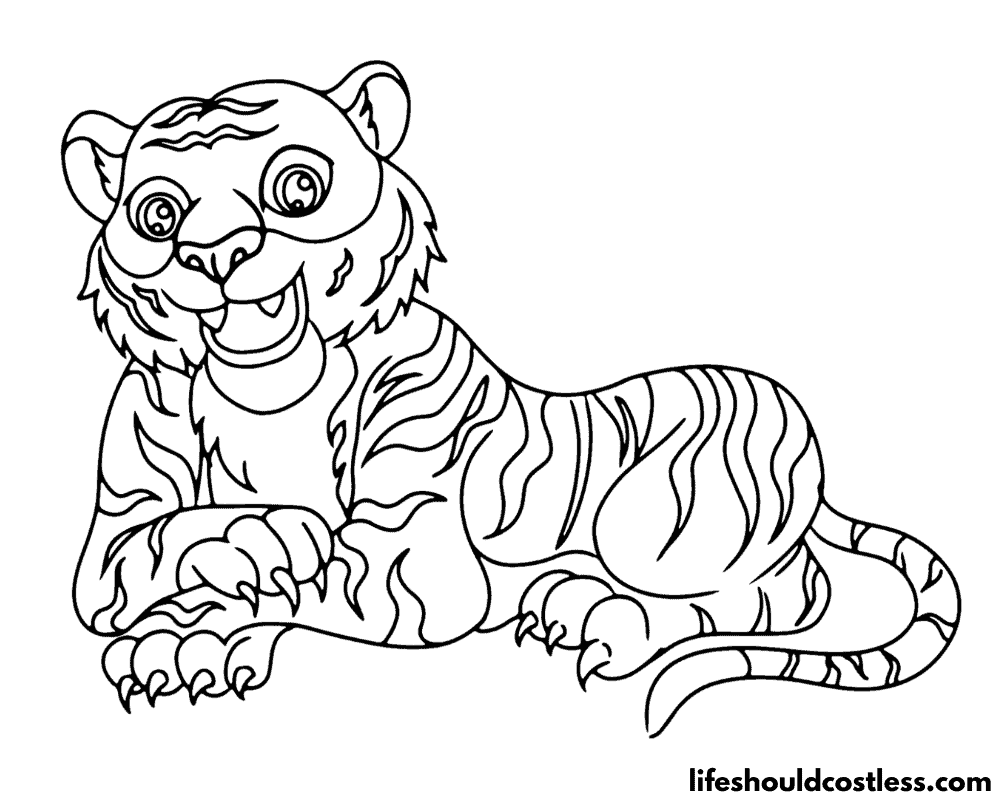
FAQ’s
Tiger skin is typically a combination of different shades of orange, yellow, and brown, depending on the species and individual variation. The distinct coat pattern consists of dark black stripes that contrast with the lighter background color. The specific coloration can vary between different subspecies of tigers and even among individuals within the same subspecies.
There are several different colors of tigers, which are primarily a result of their various subspecies and individual variations. Each subspecies of tiger can have its own unique coat coloration, ranging from different shades of orange and brown to lighter colors like white.
Here are the main color variations among tiger subspecies:
Bengal Tiger (Panthera tigris tigris): This is the most common and recognizable tiger subspecies. Bengal tigers typically have a rich orange or reddish background color with dark brown to black stripes.
Indochinese Tiger (Panthera tigris corbetti): Indochinese tigers generally have a lighter orange or tan background color compared to Bengal tigers. Their stripes can be darker brown or black, and they often have a white belly.
Malayan Tiger (Panthera tigris jacksoni): Malayan tigers have a similar appearance to Indochinese tigers, with a lighter background color and dark stripes.
Siberian Tiger (Panthera tigris altaica): Also known as Amur tigers, Siberian tigers are the largest of all tiger subspecies. Their fur is adapted to the cold climate, and their coat color ranges from a paler, almost golden-orange to a lighter, more cream-colored background. Their stripes can be dark brown or black.
South China Tiger (Panthera tigris amoyensis): This subspecies is critically endangered and one of the rarest. Their coloration is similar to that of Bengal tigers, with variations in shade. However, their appearance is more uniform and less vibrant, and they may have closer-set stripes.
Sumatran Tiger (Panthera tigris sumatrae): Sumatran tigers are found on the Indonesian island of Sumatra. They have a darker and more intense coat color compared to other subspecies, with a rich, deep orange background and bold black stripes.
White Tigers: White tigers are not a separate subspecies but rather a result of a rare genetic condition called leucism, which reduces pigmentation. They have a creamy white coat with blue or green eyes and pink noses. It’s important to note that the term “white tiger” can also refer to another genetic variation that results in a pale coloration with darker stripes, rather than a true white coat.
While the term “color” typically refers to the background coat hue and stripe pattern, tigers exhibit a range of shades and patterns due to genetic diversity, making each individual a unique representation of their subspecies.
*I will add more tiger colour / color questions and answers as the questions get sent to me.
Conclusion
In the fascinatingly feline realm of tiger coloring pages, we’ve journeyed through the world of these majestic creatures.
As you bring their iconic patterns to life with your chosen colors, you not only engage in a creative endeavor but also deepen your connection to the beauty of nature.
The intricate details of their fur, the alluring contrast of stripes against a backdrop of orange and brown, and the diversity among subspecies remind us of the astonishing diversity found within the animal kingdom.
Whether you opt for realism, allowing each stroke to mirror the intricate tapestry of a tiger’s coat, or embrace imaginative color schemes that spark your creativity, your completed artwork tells a story of both your artistic skill and your appreciation for these remarkable animals.
Beyond the artistic expression, the act of coloring itself can be meditative, offering a moment of tranquility in a busy world.
As we conclude our exploration of creating tiger artwork, remember that every hue you choose, every detail you lovingly render, contributes to a unique depiction of these awe-inspiring creatures.
Your artwork not only reflects your artistic vision but also stands as a tribute to the tigers that roam the wild.
May your colorful creations continue to inspire wonder and admiration for these magnificent big cats, urging us all to protect and cherish the beauty of our natural world.
Thanks so much for stopping by my blog and supporting my endeavors to make people’s lives a little easier/better/more affordable.
If you liked this post, or found it helpful in any way, please make sure to share it with your family, friends, and co-workers via social media.
Or you could even send them the direct link via email. Whichever way you choose to spread the love, I super appreciate it! ~Sarah

How To Follow & Support This Site
- If you would like to subscribe to my email list, go here.
- Make sure to follow along via social media, by going here.
- If you would like to learn how to really show your support to this site (at no cost to you), go here.
- If you would like to make a direct donation to the site, go here.
Check out my other free printables
- To see all of my free printables, go here.
- If you would like to see an alphabetized index of free printable coloring pages, go here!
- All of my animals coloring pages are found here.
- Or, my other mammals coloring pages can be found here.
Otherwise, here are direct links to several of my other related posts that you’re also going to love:
Animals / Mammals
Animals / Birds
Animals / Insects
Other good resources for a printable tiger
- https://sdzwildlifeexplorers.org/activities/coloring-page-tiger-family
- https://clipart-library.com/tiger-coloring-pages-free.html
- https://www.first-school.ws/theme/animals/cp_wild/tiger-coloring-pages.htm
*This post was originally shared to this blog on 08/09/2023, and has since been updated to improve user experience, add video instruction, as well as to make it as shareable as possible across the social medias.
**Please note that I do try my hardest to provide factual, but easy to understand, information about each topic. If you notice a discrepancy in my coloring pages, facts, or see something that you deem “misinformation/incorrect” please make sure to notify me about it. I would prefer that you send me an email with a link to a more reputable resource on that subject, so that I can correct it as soon as possible. Thanks so much for helping this site become the best that it can be!
***Resources from djinkers were used in the production of this article.
